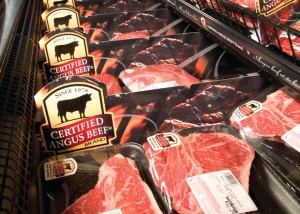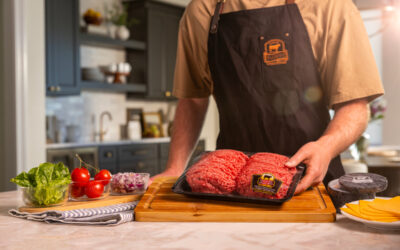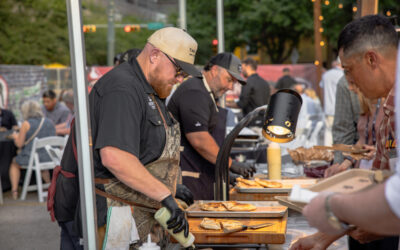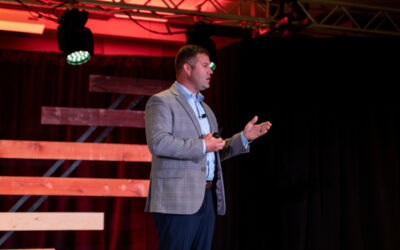
The story in the numbers
But as we’ve looked at overall cattle supply in recent years, I’m not going to lie: we were concerned. Fortunately, as drought and other factors delayed cowherd rebuilding for a while those fewer cattle coming through the plants have been higher quality.
Let me share some stats:
2014 fed cattle harvest was down 1.3 million head but it’s interesting to look at pounds of beef production by grade. USDA Prime production was up 8%, Choice was flat, and Select was down 13%.
- In 2014, just shy of 70% of fed cattle graded Choice and Prime—a dramatic increase from the mid-50% levels of 2000 to 2007. Cattlemen have responded to the economic signals to aim for quality.
- CAB supply has also grown. An increasing percentage of cattle meet the first hurdle (Angus type), so more are eligible for brand consideration. A record 25.8% of them met the brand’s 10 carcass specifications, and nearly 15% of U.S. fed cattle are marketed through the CAB brand.
Build it and they will come? That’s sort of our philosophy. When we grow demand–through education, through marketing initiatives, by working the export scene, engaging the culinary world—economic incentive also grows.

The 87.7 million-head U.S. cattle inventory to start 2014 was the smallest since 1951, but as expansion beings, Scott says, “Genetics, production and management decisions made in the near term will determine the future success of the beef industry.”
To say the least: We are counting on you.
–Mark
Mark McCully is our vice president of production. Working from Wooster, Ohio, he enjoys analyzing data and consuming ribeyes.
You may also like
Success, Despite Challenges
Today’s market is complex and competitive. The collective effort of stakeholders across the supply chain positions Certified Angus Beef to meet the record demand for premium beef moving forward. Signals across the beef industry are clear and Angus farmers and ranchers seeking high-quality genetics that deliver premium beef are producing a product in high demand.
Keep the Supply Coming
A record-high 800 registrants from 17 countries gathered in Austin, Texas, to learn more about CAB, become inspired by the culinary work of chefs and pitmasters, and celebrate sales and production success. But at the forefront: supply and demand, a reflection of the chaotic past year, and preparing for what’s ahead.
Consumer Demand, Power of Quality
Demand for high-quality beef persists. But with that demand comes challenges. From tight cattle supplies to higher costs and increasing pressure on retailers to deliver a consistent eating experience, the pressure is on. David O’Diam, CAB VP of retail, addressed the current retail beef environment, highlighting both opportunities and challenges in today’s marketplace.




